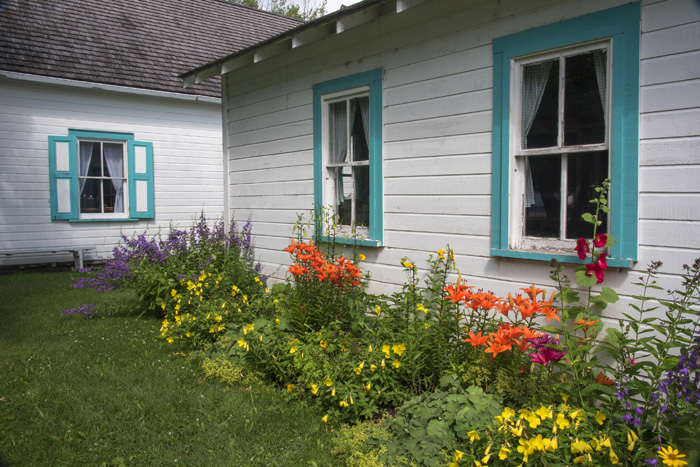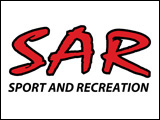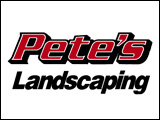It might not be what modern people would put on their list of what is needed to build a village, but a garden is vital. At the Mennonite Heritage Village (MHV), we have a fruit orchard, a heritage garden and another garden that is just rhubarb (a year’s supply of plautz for all our visitors). When the Mennonites immigrated from Russia, most of them carried a Bible, clothes, some kitchen items, maybe a couple of memoirs and garden seeds. Each family had garden produce that they hoped to enjoy in the new land.
In the MHV garden there are potatoes and greens that are from the original Mennonite pioneers that came to the Steinbach area. Apparently, some of the seeds did well in Canada, while some did not grow as well as they had in Russia. The garden provided sustenance for the winter, specialty teas, and even herbal medicines. Now we have supermarkets and restaurants open all year round, thousands of flavoured drinks to buy and drugstores with thousands of medicines. Growing a garden today keeps us connected with our past autonomy, an appreciation for where our food comes from in the present time and a future of better health that comes from tending and eating fresh garden produce.
I only started growing gardens two years ago. As a child I would begrudgingly help my mom weed and shuck endless peas, but now I was choosing to do it for my health, to feed my family and to care for our world. Little did I know it would also provide me caring community. Community gardens are a great place to learn from others, to share ideas and surplus produce and to chat. Caring community also came with my parents as now I was more than ready to receive the garden wisdom they had received from their parents and even some special heritage seeds too. At MHV we have started a community garden this year and the 20 or so plots were quickly snatched up. It is wonderful to garden near a pasture with inquisitive horses and the museum in the background.
Starting in the 1800’s, as Mennonites became more established, they began to build a “Somma Kjaakj” (summer kitchen) in the front yard facing the housebarn. The Summer Kitchen was a simple one-room gabled structure. The MHV summer kitchen near the Chortitz housebarn was constructed by museum founder John C. Reimer in the 1940s.
As its name implies, the Somma Kjaakj was used to prepare, cook, and if large enough, serve food during the warm summer months for family and hired men. This allowed the house to remain relatively cool, clean, and free of insects. In addition, the summer kitchen would be used to do laundry, the canning of fruits and vegetables. Also, at times, it served as an extra bedroom for the children. It was usually close to the garden and was a great place to first process all the produce. In winter, this building was frequently used as storage for meats, which were hung from the ceiling and naturally frozen.
The next time you visit MHV, take time to appreciate this energetic little building and all the hard work it embodies. Here’s hoping that MHV will be able to open its grounds soon!




